Groundnut (Peanut) Oil: Add Flavour and Health to Your Everyday Cooking
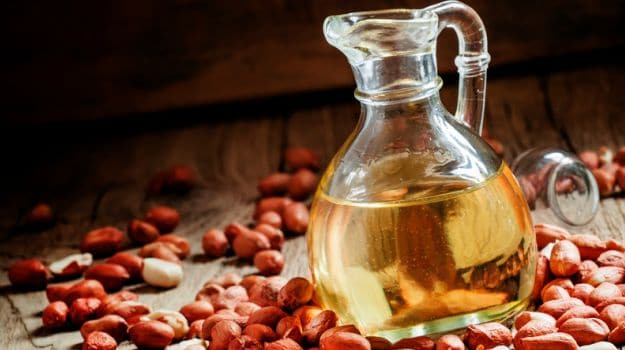 To paraphrase Shakespeare slightly, the groundnut, by any other name, would taste as sweet. And so it has been bestowed with a handful of names – peanut, earth nut, goober pea, monkey nut, pig nut and pygmy nut.The groundnut (which is actually a legume, part of the bean family), much like many other ingredients beloved to Indian cooking, most likely came to us from abroad. This is a little difficult to wrap our heads around because it feels like such a thoroughly Indian food, just like tomatoes, papaya, cashew, potatoes and chillies that all came from other countries but were embraced wholeheartedly. The groundnut came to us from South America, where it originated (most likely in Brazil and Peru, where two varieties of the nut were born. Both made their way to India).
To paraphrase Shakespeare slightly, the groundnut, by any other name, would taste as sweet. And so it has been bestowed with a handful of names – peanut, earth nut, goober pea, monkey nut, pig nut and pygmy nut.The groundnut (which is actually a legume, part of the bean family), much like many other ingredients beloved to Indian cooking, most likely came to us from abroad. This is a little difficult to wrap our heads around because it feels like such a thoroughly Indian food, just like tomatoes, papaya, cashew, potatoes and chillies that all came from other countries but were embraced wholeheartedly. The groundnut came to us from South America, where it originated (most likely in Brazil and Peru, where two varieties of the nut were born. Both made their way to India).Groundnut Oil Production
This South American import has certainly caught on and is today, India’s main oilseed crop, wildly popular with soaring production. In fact, this year, groundnut oil production is likely to reach a high of 700k tonnes! Peanut production in India is pretty extensive, and 95% of it is sent away to be crushed into oil.
As far as I know, traditionally, the oil was extracted using bullock-driven ghani presses, a system that went back thousands of years. Food historian extraordinaire, K T Achaya, speaks of juices being extracted from vegetable materials as early as 1500 BC using either a mortar and pestle or a grinding stone working on a flat stone. “Linguistic evidence suggests that it is from these two crushing systems that presses for both oilseeds and sugar cane developed in the form of a mortar-and-pestle arrangement powered by animals. This system is commonly called the ghani, or the kolhu or chekku“, he wrote. Today though, this traditional method of oil production has plummeted drastically, with the arrival of power-driven screw-presses, hydraulic presses and solvent-extraction units.
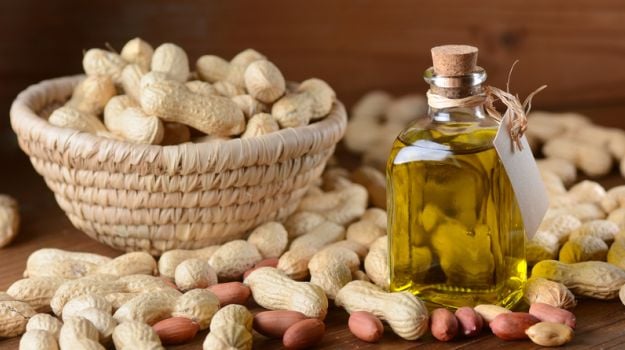
Using Groundnut Oil
Groundnut oil is one of the most popular oils in the world for sautéing, grilling and deep-frying because of its high smoke point (about 230 degrees C). This means that it is quite heat resistant and does not burn easily.
Indians and Chinese use it most abundantly, in snacks, curries, canned food, and stir fries.
It’s also fairly healthy, with a high percentage of polyunsaturated, monounsaturated and saturated fats, and it doesn’t have a very distinctive taste, such as olive oil or coconut oil. And it is reusable – at home, unless the oil is badly burnt from frying poorisor samosas – we filter it carefully and cook with it several times over. This makes it quite cost-effective. It does not absorb the taste of the food that it cooks, which is an added bonus when re-using – nobody wants to taste yesterday’s corn patties in today’s samosas, after all. Plus, you can store it (in a cool, dark, dry place) for quite a long time without it turning rancid.
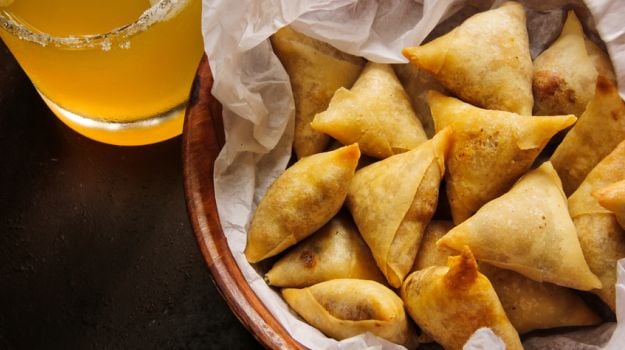
Cooking with Groundnut Oil
Groundnut oil is not an oil that I like to use for tossing or drizzling over salads and such. In fact, I use groundnut oil at home whenever a spot of deep-frying is required (which is often, in my greedy household). For instance, it always works very well when frying fish, especially if you are going to deep-fry the fish and would rather avoid cooking it in lard or other animal fats (which to be honest, gives the best flavour). Deep-fried chicken also works very well with groundnut oil and in fact, it is used exclusively for this purpose by a number of popular American food chains.
In fact, one of the dishes I make most often is the Heston Blumenthal-inspired thrice-cooked chip, which tastes fabulous with groundnut oil. I like my chips cut quite thick and chunky in the traditional British way, then boiled and twice-fried in groundnut oil. A hell of a lot of effort, yes, and certainly an artery-constricting dish, but it’s worth it. Those chips emerge golden, crunchy and glistening from their bath in oil.
But perhaps you are not a chip person, in which case I would suggest that you use groundnut oil to fry vadas (for dahi vadas), pakodas and pooris. It’s a highly saturated vegetable oil, which means that anything cooked in it comes out crisp, which is of course a huge plus when making vadas, samosas and such. Sometimes we use it at home to prepare a healthier variant of butter chicken or butter paneer (without the cream and the butter). It actually works superbly with all kinds of Indian cooking, because of its non-intrusive taste.
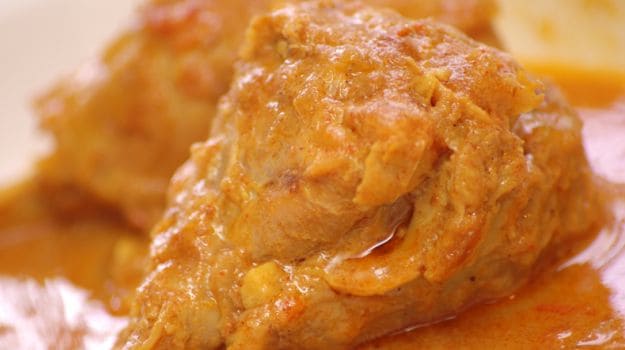
Then of course you have Chinese cooking, in which groundnut oil is extensively used. A few finely-sliced vegetables, tossed around a sizzling-hot wok or kadhai with a dash of groundnut oil makes a super healthy, yet delicious lunch. You could add in a few pre-cooked noodles or chicken or seafood and the dish would taste just as good and still be perfectly light and healthy. Try quickly deep-frying vegetable (or meat) spring rolls or won tons in groundnut oil.
Here are few recipes for you to try –
1. Prawn Peri Peri
Spicy prawns cooked in groundnut oil along with garlic. Peri Peri Prawns make for an easy and delicious appetiser. For the recipe, click here.
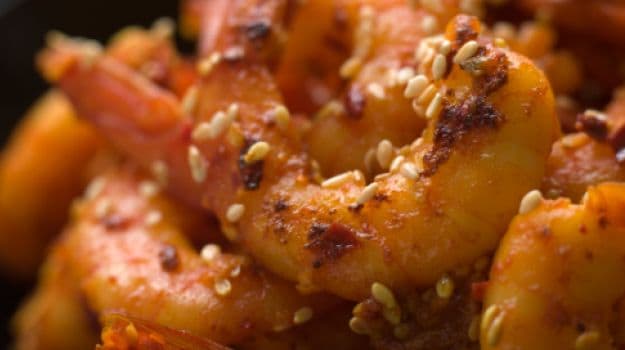
2. Stir Fried Greens with Coconut Dip
Garden fresh green veggies stir fried in groundnut oil along with a mix of spices and smeared with a delicious coconut dip. For the recipe, click here.
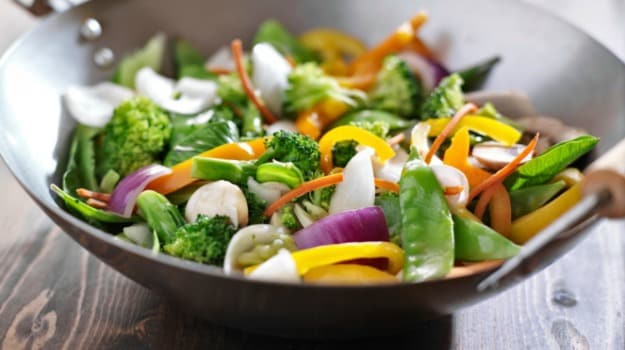
3. Fish Curry
A lip-smacking fish curry made with coconut, tamarind and groundnut oil. Finish with grated coconut and serve with rice. For the recipe, click
[“source-ndtv”]




